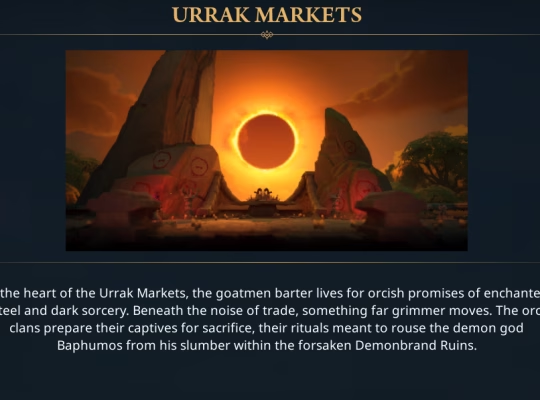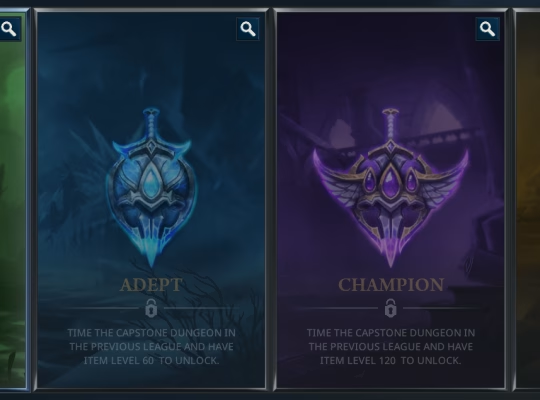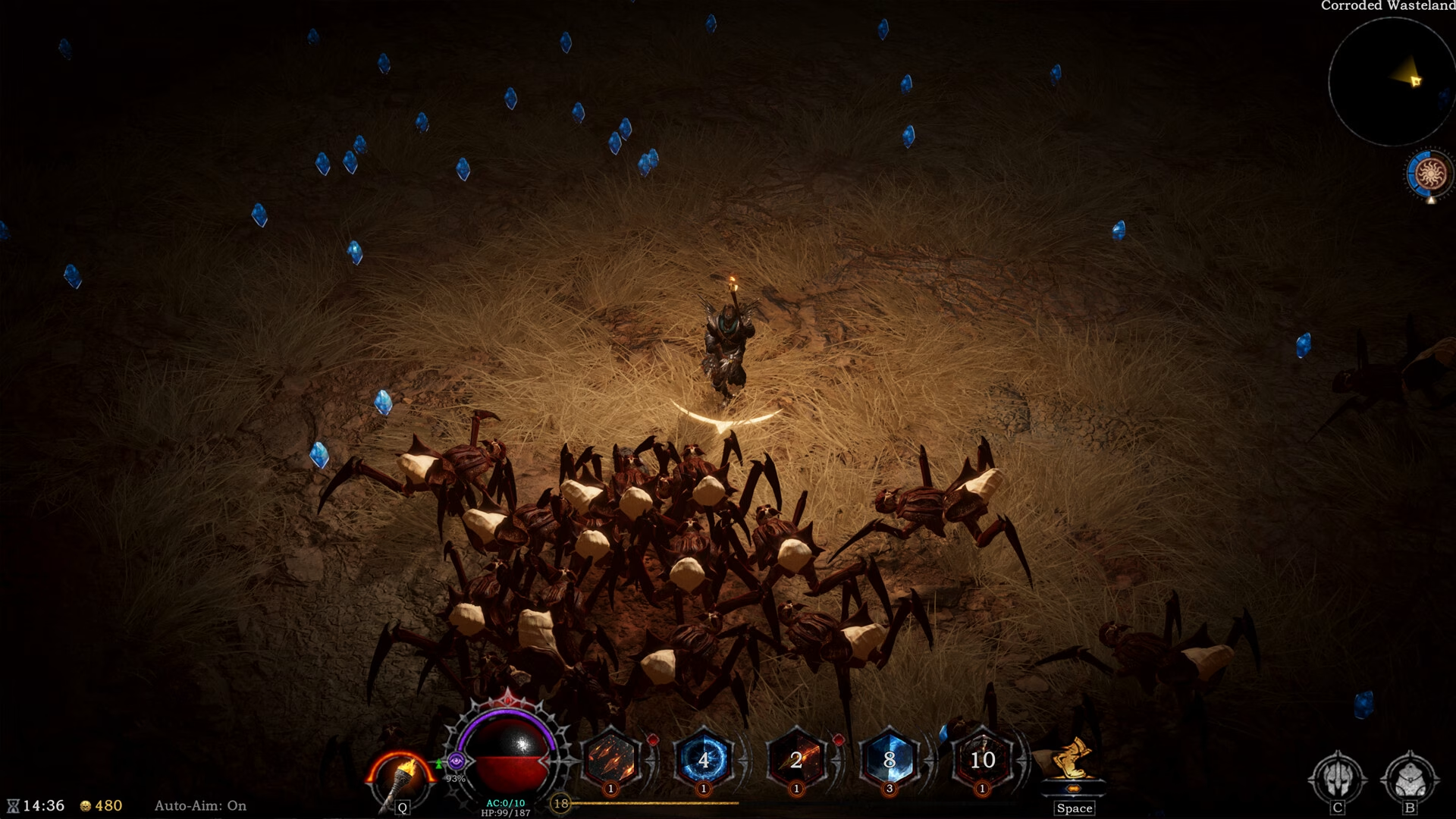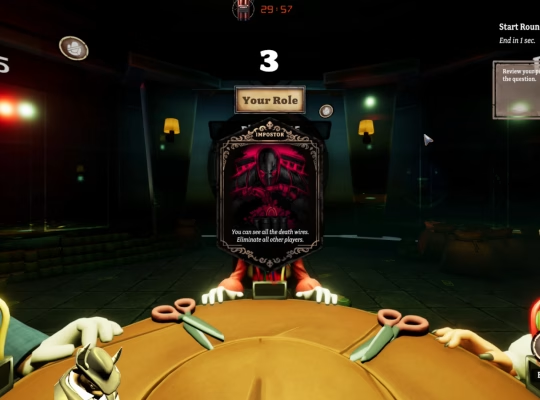Voyagers of Nera is an upcoming cooperative survival crafting game that blends exploration, base building, and spirit-based magic within a vibrant oceanic world. The available information, compiled from a mix of developer statements, early demos, and player impressions, outlines its clear creative direction while also leaving many details open to change. The following is a reasoned summary of what is currently known about the game.
| Feature | Details (current understanding) |
| Genre | Cooperative survival crafting with action-adventure, RPG, indie, open-world elements |
| Release Date | September 16, 2025 |
| Platform | PC via Steam (Windows) |
| Developer / Publisher | Treehouse Games |
| Player Count (Co-op) | Up to 10 players per session, though some sources note 16 players—development may still finalize the cap |
World, Lore, And Narrative Thrust
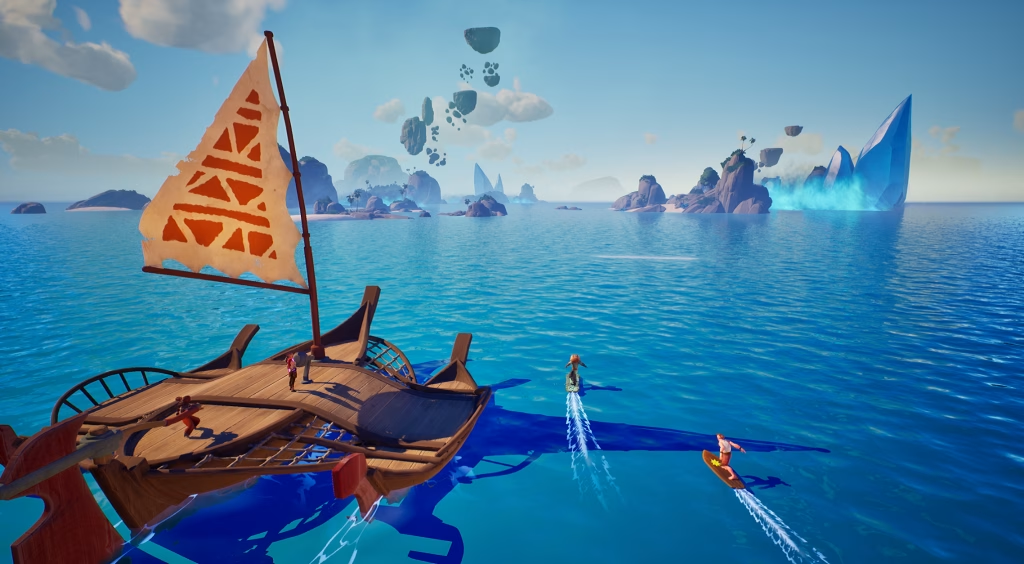
Nera is described as an oceanic world corrupted in certain regions, enlivened by spirits and dotted with ancient ruins that hint at a lost civilization. The core narrative thrust, as it appears, revolves around restoration. Players are said to take on the mantle of Echoes or Runeborn, individuals who are able to commune with or awaken spirits, and who thus play a central role in healing corrupted zones and unlocking lost knowledge.
This premise opens multiple design possibilities, many of which seem to be present at least in prototype form: spirits function as both narrative anchors and mechanical upgrades; ruins hide recipes, lore, and sometimes threats; and the world itself changes as players cleanse areas, implying a feedback loop between exploration and visible world progress. It should be noted that specifics about the deeper narrative arc, character-driven quests, or endgame scenarios are not yet fixed, and likely will evolve with community input and playtesting.
Core Gameplay And Systems
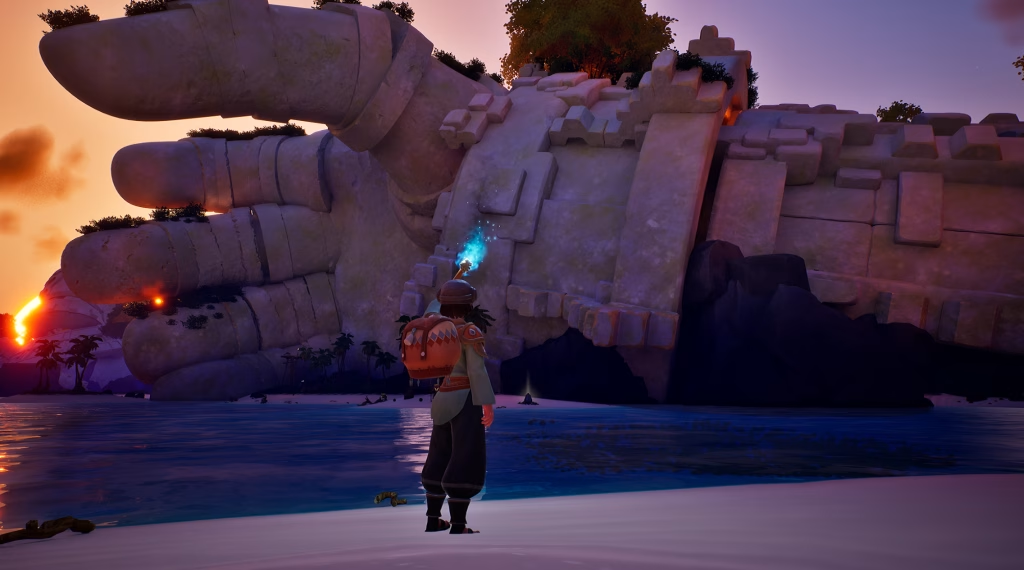
In the opinion of our editor from Rivals Sector, Voyagers of Nera appears to combine familiar survival mechanics with a stronger focus on cooperative systems and magic. Core gameplay pillars likely include the following, each described with an eye to what may change as development continues:
- Crafting and resource loops, where players harvest materials from land and sea to construct tools, ships, and base structures. Expect recipes to expand as players bond with spirits and recover ancient schematics.
- Exploration and traversal, centered on maritime travel. Boats or magical skimmers form the primary means of moving between islands and biomes, while diving mechanics enable access to underwater resource nodes and ruins.
- Base construction and Sanctuary management, which provide long-term progression. Sanctuaries are more than cosmetic hubs, they seem to act as centers for storing spirits, powering advanced crafting stations, and protecting cooperative teams between expeditions.
- Spirit bonding and progression, which likely function as a meta-progression system. Rescuing spirits usually grants recipes, buffs, or unique abilities, and awakening elder spirits might unlock region-wide benefits or access to new zones.
- Combat and threat management. While the overall tone is more vibrant and fantastical, there are still strong threats – corrupted fauna and environmental hazards – designed to require team cooperation and strategic preparation.
It is probable that the balance between survival scarcity and player freedom will be iterated frequently during early access, based on whether players prefer looser, exploration-first gameplay or a tougher, resource-pressured experience.
Cooperative Structure And Player Roles
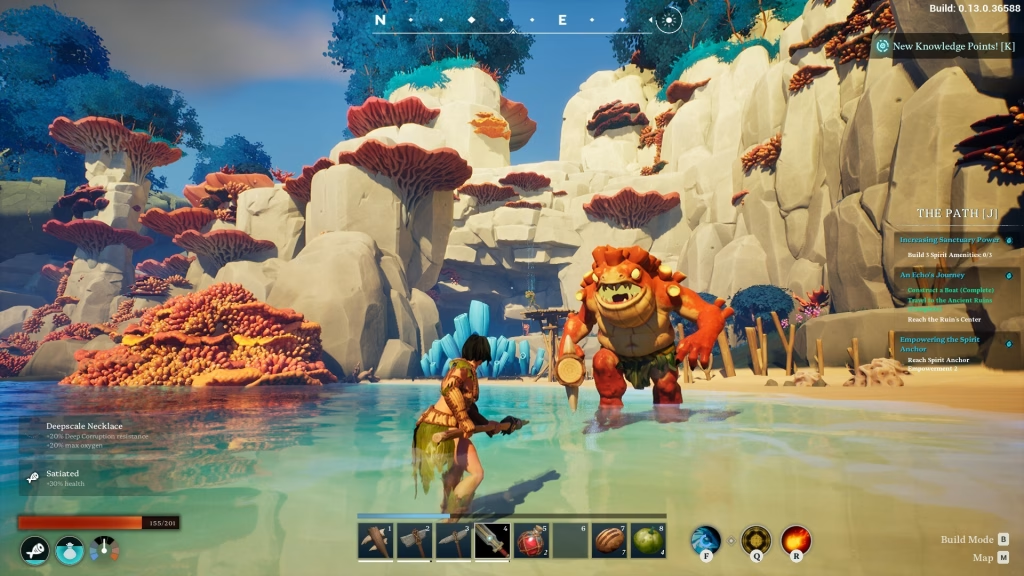
A central selling point for the project is cooperation. Early descriptions and demos emphasize multiplayer that supports teams working together to sail, gather, and build, with each player assuming informal roles – such as navigator, gatherer, crafter, or combat specialist. The reported maximum player count varies in different messages, suggesting that developers may still be testing optimal session sizes; some accounts mention around ten players, while others suggest numbers closer to sixteen in larger servers or experimental modes.
This flexibility may indicate one of two things, both plausible – either there will be configurable session sizes to allow both smaller squads and larger communities, or developers are determining a sweet spot through testing. In any case, cooperative mechanics like shared crafting queues, resource pooling, and multi-person ship operation appear designed to encourage social play and emergent teamwork.
Development Approach, Community Feedback, And Iteration
The project has been developed with an iterative, community-involved approach. Playable demos and developer streams have reportedly generated active feedback, and the team seems to incorporate player suggestions into balancing and feature decisions. Common player requests include better solo-play controls for small boats, expanded character customization, and more accessible quality-of-life systems for resource management.
This development posture suggests that some parts of the game will be shaped significantly by early adopters, which makes current impressions provisional. It also means that potential issues flagged by the community – for example, navigation frustration, performance hiccups, or unclear progression rewards – may be high priorities for refinement before a wider release.
What Remains Unclear, And Why That Matters
Several items are commonly cited as uncertain or contested, and these deserve explicit attention because they could influence whether the game will match your expectations:
- Final launch date, which continues to be moved or refined. Release windows are often tentative in projects that prioritize iterative development, so presumed dates may shift.
- Exact multiplayer capacity, which impacts the feel of world scale and community activity. A cap of ten players yields more intimate cooperative experiences, while sixteen or higher suggests larger, almost MMO-like interactions.
- Progression depth and endgame content, which determine long-term retention. It is not yet clear how deep the endgame systems will be, or whether recurring updates will provide new biomes and systemic expansions.
- Balance between challenge and approachability, which affects who the game will ultimately appeal to. If development leans heavily into casual exploration, competitive or hardcore survival players might find the experience shallow, and vice versa.
Recognizing these uncertainties is important because they affect different player types in different ways. Some players will value a richly social, evolving game where their feedback matters, while others prefer polished, stable releases with predictable content. To follow this and other games, we advise you to check our Gaming Insight category from time to time.
Practical Takeaways And What To Watch Next
For readers deciding whether to follow Voyagers of Nera, the most practical steps are simple and adaptive. If you enjoy cooperative survival games where base building, exploration, and collectible upgrades matter, the project is probably worth tracking. If you prefer single-player, punishing survival experiences with tight balance, it may be wise to wait for more detailed reports or a fuller release.
Key signals to watch in future updates include:
- Confirmed early access date and any accompanying roadmap, which reveal developer priorities.
- Clear statements about player count and server types, which shape social dynamics.
- Patch notes showing tuning of boat handling, inventory workflows, and spirit progression, which indicate responsiveness to early feedback.
- New content drops or biomes, which show ambition for a living, expanding world.
A Concise Gameplay Progression Reference
| Stage | Typical activities and likely player goals |
| Starting phase | Basic resource gathering, small craft and shelter, simple quests to learn mechanics |
| Expansion phase | Construct larger Sanctuaries, rescue initial spirits, expand crafting options |
| Specialization phase | Build specialized vessels and stations, coordinate multi-player expeditions, unlock advanced recipes |
| Endgame and exploration | Awaken elder spirits, access distant biomes, pursue high-level challenges and rare resources |
| Ongoing updates | Developers add biomes, tweak balance, and expand spirit systems based on community feedback |
Final Reflections
Voyagers of Nera projects a distinctive identity within the survival crafting category, combining social play, oceanic exploration, and spirit-driven progression. The overall impression is promising, but most of what is known today should be treated as provisional, because the game is still in active development and many design choices are intentionally subject to change. Some experts or commentators expect the title to mature into a beloved cooperative experience, while others caution that it will need consistent content updates and careful balancing to stay competitive in a crowded field.



